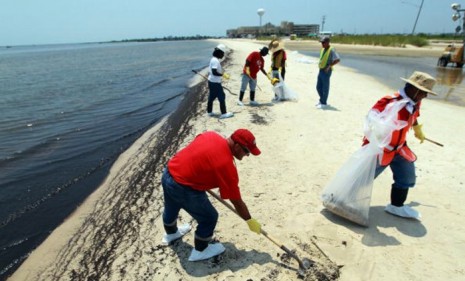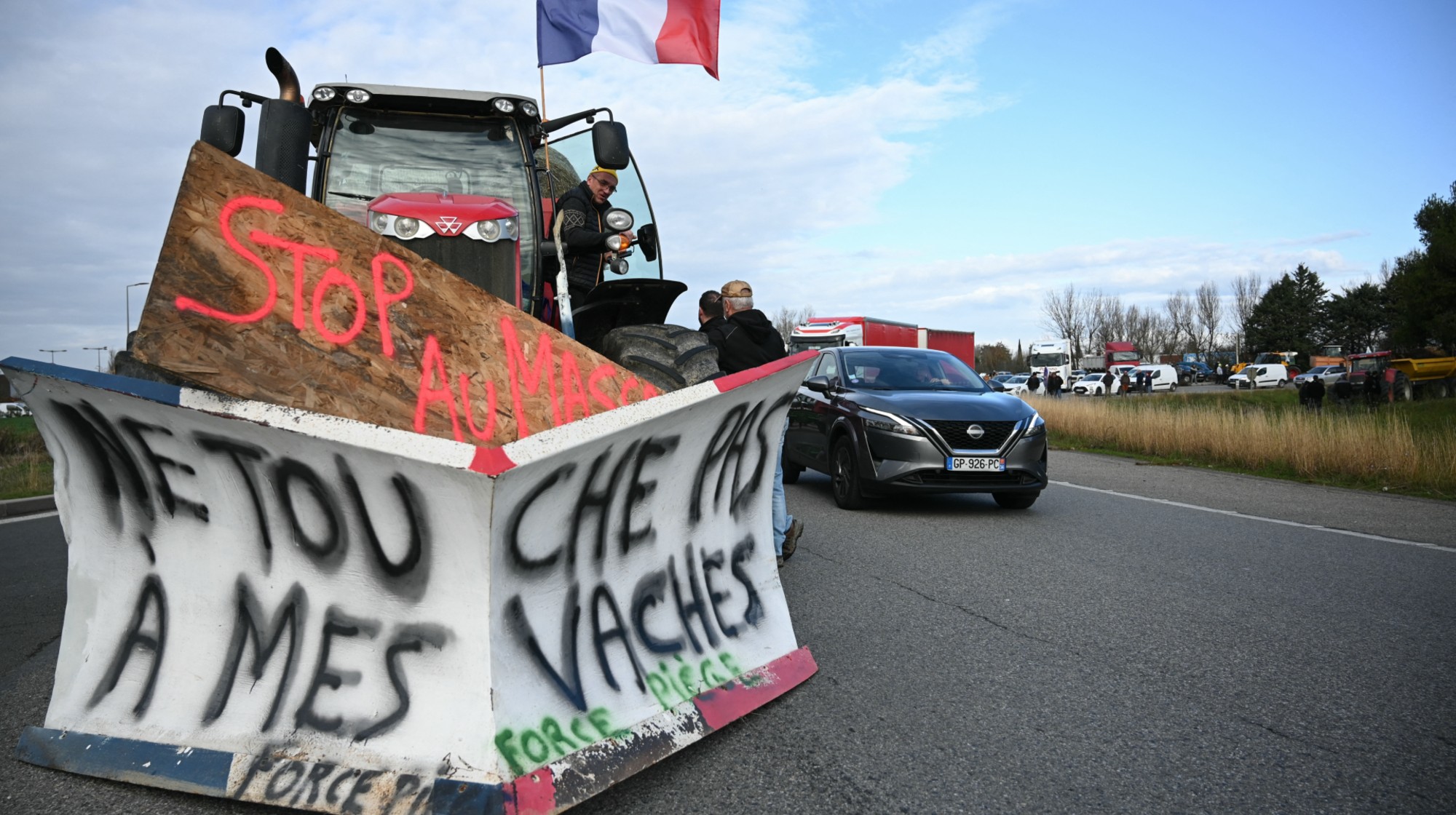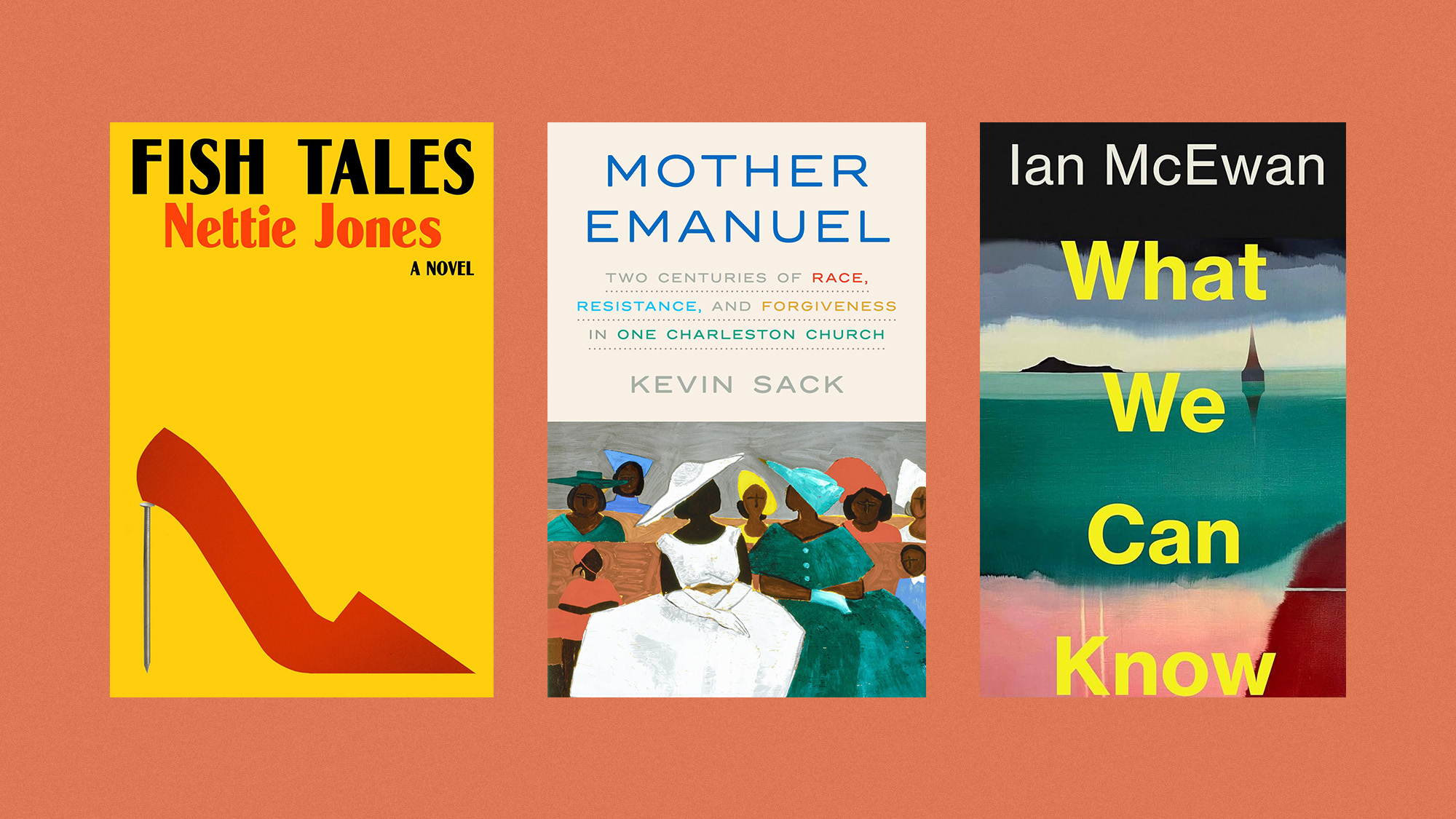The battle to clean up the Gulf
With hopes high that the oil has finally stopped flowing, the race is on to save the Gulf region. How bad has the damage been — and how bad will it eventually be?

How much oil has been spilled?
No one really knows, but the worst-case scenarios are alarming. Up until this week, the government estimated that the amount of oil gushing daily from the damaged well was about 2.5 million gallons a day. If that’s accurate, the total outflow from the well will be nearly 260 million gallons by August, when BP hopes to complete work on a relief well and completely stop the underwater gusher. The spill has already inflicted billions of dollars of economic damage on the Gulf region’s fishing and tourism industries. While the total damage is not yet known, experts say it could reach $70 billion. “The magnitude of this event is beyond anybody’s belief,” says Richard Charter of the environmental advocacy group Defenders of Wildlife.
Is this the worst spill ever?
The Week
Escape your echo chamber. Get the facts behind the news, plus analysis from multiple perspectives.

Sign up for The Week's Free Newsletters
From our morning news briefing to a weekly Good News Newsletter, get the best of The Week delivered directly to your inbox.
From our morning news briefing to a weekly Good News Newsletter, get the best of The Week delivered directly to your inbox.
It’s among the worst. The tanker Exxon Valdez dumped an estimated 11 million gallons of heavy crude oil into Alaska’s Prince William Sound in 1989—as much as the Deepwater Horizon pours into the Gulf every four and a half days. By most estimates, the Gulf spill recently surpassed the largest previous peacetime spill, in 1979, when the rig over the Ixtoc 1 well in Mexico’s Bay of Campeche exploded and sank; 140 million gallons of oil poured into the Gulf over the next 10 months. Dwarfing both disasters are the 460 million gallons spilled into the Persian Gulf when Saddam Hussein’s retreating troops sabotaged Kuwaiti wells, tankers, and storage facilities in 1991.
Have those areas recovered?
To a large extent, but not without lasting damage. Prince William Sound now appears much as it did before the Exxon Valdez ran aground, but the killer whale population has been decimated, and the once-plentiful herring have all but disappeared, wiping out the local fishing industry. As much as 22,000 gallons of oil remains in shallow deposits along the 1,200 miles of coastline affected by the spill, where it poisons the shellfish that burrow in the sand and the birds and otters that feed on them. It’s a sunnier story at the sites of the Ixtoc 1 and Kuwaiti spills, where fish and wildlife populations returned to pre-spill levels within a couple of years, after declining as much as 80 percent. “You look around and it’s like the spill never happened,” says marine biologist Wes Tunnell.
How did they recover so fast?
A free daily email with the biggest news stories of the day – and the best features from TheWeek.com
Nature, not man, deserves most of the credit. “The environment is amazingly resilient, more so than most people understand,” says deep-sea biologist Luis Soto. Sunlight and heat evaporated much of the oil on the sea surface, oil-eating microbes consumed much of the oil suspended below the waves, and tides and storms washed away most of the tar on the shoreline. The asphalt-like remnants sank to the seabed, where they provide nesting grounds for crustaceans and other bottom-dwellers. Those natural forces cleaned up far more oil than containment booms and other man-made technology. “If you can contain and recover 20 percent of the oil,” says oil-spill expert Dec Doran, “you’ve reached the maximum efficiency of booms and skimmers.”
Is that true of this spill?
Yes. Even though 550 vessels and 40,000 workers have deployed to the Gulf, they’ve captured or contained a tiny portion of this massive spill—about 70,000 barrels, or 3 million gallons, of oil. They’re hampered by technology that has hardly changed since the Valdez spill, because neither industry nor government has invested in improving it. Cleanup crews are using skimmers, which sweep oil off the surface of the water; fireproof booms, which corral the oil so it can be burned; and dispersants, which break down the oil into small droplets to speed the evaporation process. But dispersants have never been used in such large volumes or in such deep water, and scientists debate what effect the dispersants will have on the food chain in the Gulf. A new skimmer, a giant vessel called the A Whale, is being readied for use in the Gulf, and its owner says it could collect up to 50,000 barrels of oil a day. In any case, says consultant Rick Steiner, “most of the toxic shock will be done regardless of the most Herculean effort.”
So what’s the outlook for the Gulf?
A lot depends on how far storms and weather spread the oil. One hurricane could push floating oil slicks onto the coastal wetlands, killing much of the life in these critical marine incubators. And if the oil now circulating in the Gulf moves to the southeast, to the ecologically fragile Florida Keys, already struggling coral reefs could be wiped out. Scientists are also unsure how the miles-long plumes of oil suspended beneath the Gulf’s surface will affect marine life. At a minimum, scientists say, the toxic shock to the Gulf will last five years, even if BP meets its August deadline to stop the leak. “This is a long campaign,” says Coast Guard commander Adm. Thad Allen, who’s overseeing the government’s cleanup program. “We’re going to be dealing with this for the foreseeable future.”
‘A biological black hole’
Oil-coated birds, dolphins, and turtles are among the most visible victims of the spill, their images splashed across television, newspapers, and the Internet. Scientists have recovered more than 1,500 such creatures, most of them dead, and they probably represent only a small fraction of the death toll. But the most widespread damage, scientists fear, is unseen. The deep waters of the Gulf are home to the largest and smallest sea creatures, including whales and the plankton they feed on. If they ingest the oil suspended under the water’s surface, it could result in a die-off that would obliterate some species and cause a drastic decline in biological diversity in the Gulf. “Everybody has been talking about what is going on at the surface,” says undersea explorer Joe MacInnis. “But there is a mile between the seabed and the surface. What is happening there? It’s a biological black hole.”
-
 Received a gift card this holiday season? Here’s how to maximize it.
Received a gift card this holiday season? Here’s how to maximize it.The Explainer Make the most of your present
-
 ‘Lumpy skin’ protests intensify across France as farmers fight cull
‘Lumpy skin’ protests intensify across France as farmers fight cullIN THE SPOTLIGHT A bovine outbreak coupled with ongoing governmental frustrations is causing major problems for French civil society
-
 The best books of 2025
The best books of 2025The Week Recommends A deep dive into the site of a mass shooting, a new release from the author of ‘Atonement’ and more